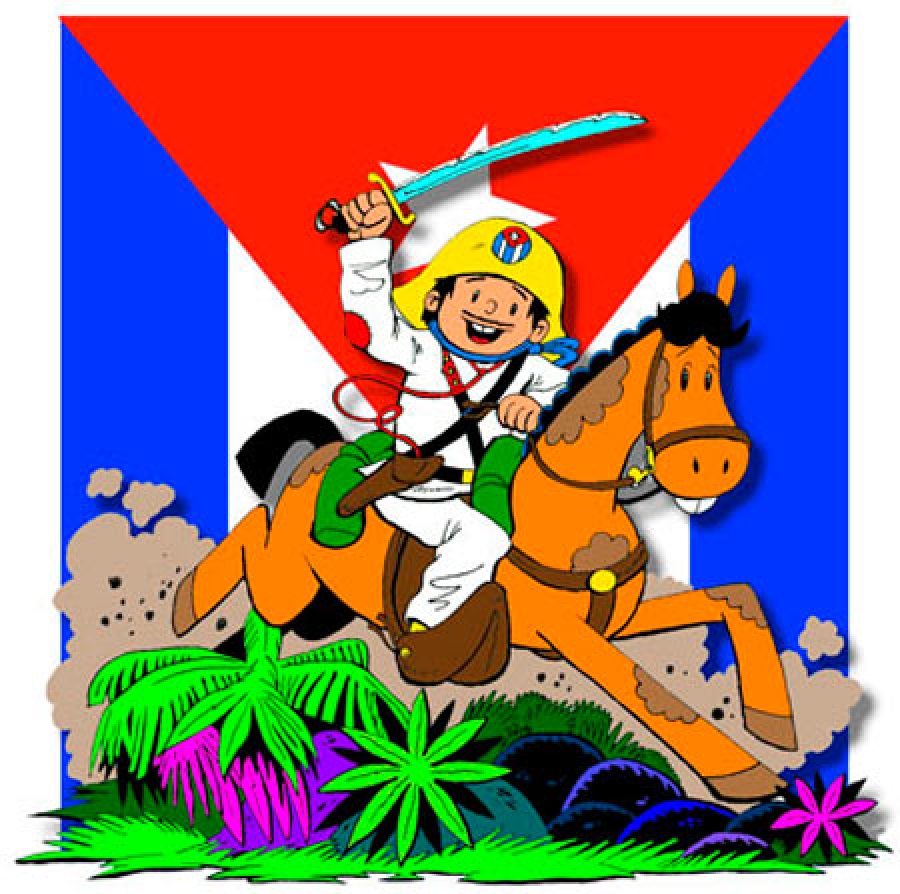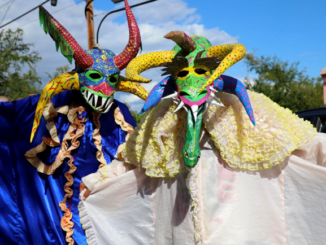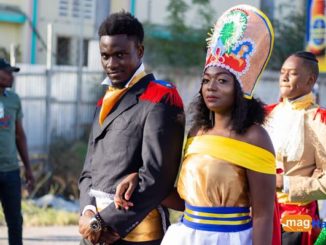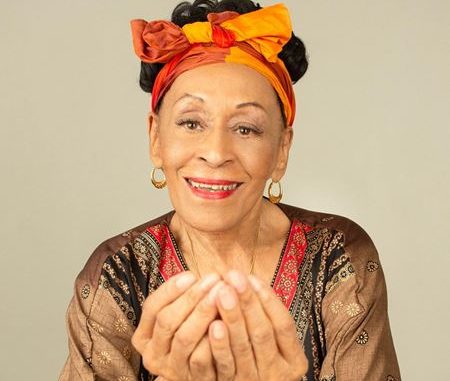
Every October 20 since 1980, Cuba celebrates with a very rich programme the National Culture Day, in commemoration of the first time the notes and lyrics of the national anthem were heard, in the city of Bayamo, in 1868.
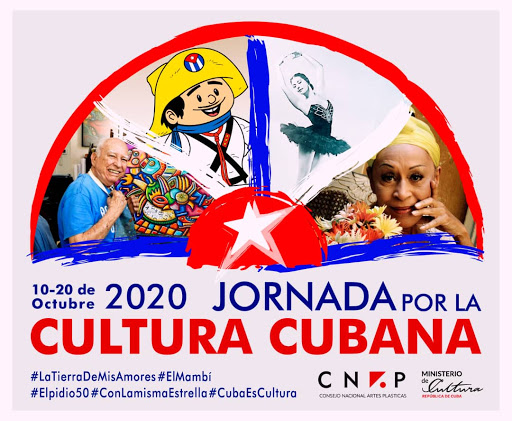
On that day, the rebel troops (Mambises) liberated the city from Spanish command and the people sang for the first time the anthem known as La Bayamesa, a Creole version of The Marseillaise composed by Cuban lawyer Pedro Figueredo.
From this October 20, 1868, the Bayamo’s hymn presided over all the acts of the Cuban independence movement, and as time passed, it transcended until today and is considered the expression and the highest and most genuine symbol of the national culture.
The Cuban Culture Day reminds the beginning of the struggles for independence and is celebrated throughout the Caribbean nation.
This year, due to the epidemiological situation caused by Covid 19, the Cuban Ministry of Culture organized a different Day, where social networks will be the base platform for most of the activities.
From October 10 to 20, the programme of activities includes online trova and son concerts, CD presentations by groups such as Buena Fe, Orquesta Aragón, Alain Pérez, Isaac Delgado and the Dúo Iris; as well as literary peñas (clubs) and drawing competitions.
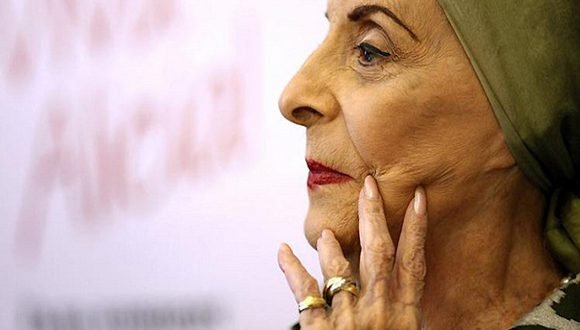
Omara, Alicia and the others
The festival began with the celebrations for singer Omara Portuondo‘s 90th birthday and dancer Alicia Alonso‘s centenary (1920-2019), two artists who left an indelible mark on the country’s music and dance.
The tribute to Omara called the “Bride of Feeling” includes the transmission of concerts with the presence of greats names such as Chucho Valdés and Roberto Fonseca, as well as the promotion of her videos in collaboration with other artists.
Likewise, the audiovisual “Vida, obra y legado” (Life, work and legacy) by Alicia Alonso will be broadcast, as well as materials such as photos, videos and documentaries on the transcendence of the prima ballerina assoluta and her influence on the National Ballet of Cuba.
The initiative will be available on Facebook, on the YouTube channel and on the website of the Grand Theatre of Havana Alicia Alonso.
This Day is also dedicated to the five decades of Elpidio Valdés’ cartoon character, created by Juan Padrón (1947-2020), and to the plastic artist Alfredo Sosabravo’s 90th birthday, winner of the National Plastic Arts Award 1997.
Meanwhile, some territories of the island with a more favourable situation with respect to the pandemic, will host plastic arts exhibitions and trade fairs.
In Santiago de Cuba different events which will culminate on October 20 are planned like the presentation of various groups from the Son de Cuba Agency at the Casa de la Trova and in Bayamo. Moreover, a series of online activities were planned such as the audiovisual transmission of the DVD Cantaré, the duo of Olga González and Jesús Estrada, and the presentation of the Bayamo Chamber Orchestra, among others.
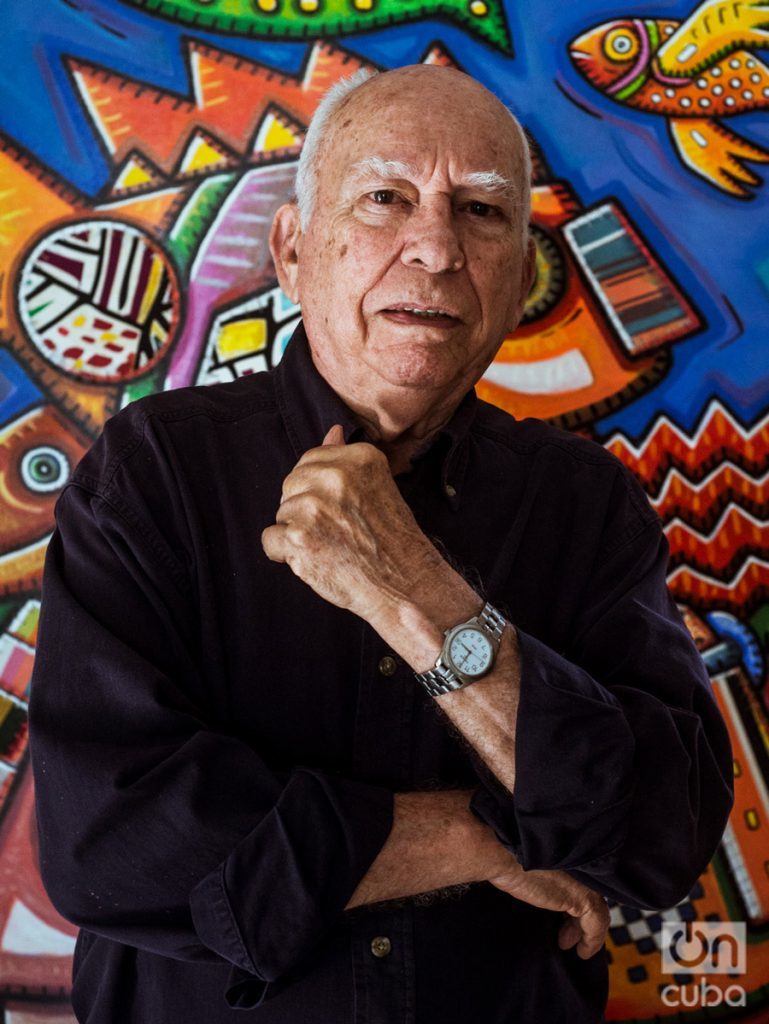
Reopening of cinemas in Havana
The emblematic cinemas Yara, Riviera, La Rampa, 23 y 12, Infanta and Acapulco in the Cuban capital, reopened their doors after seven months, to join the festivities for the National Culture.
Among the film on display in these centres there are classics of the Cuban seventh art such as “Las 12 sillas”, by Tomas Gutiérrez Alea and “Lucía”, by filmmaker Humberto Solás, as well as the recent successes “Inocencia”, by director Alejandro Gil and “Insumisas”, by filmmaker Fernando Pérez.
The documentaries “Más vale tarde que nunca”, “Luneta número 1” and “Nosotros la música”, by the renowned directors Enrique Colina, Rebeca Chávez and Rogelio París, which portrayed the social and artistic panorama supported by the Cuban Revolution, will also be screened.
In addition, unique shows with limited public access are planned and, during the weekends, programming for children including animation productions “Meñique” and “Mafalda” is added.
Spectators attending the screenings must apply current hygienic and health measures and respect social distancing.
According to the Ministry of Culture, other cultural institutions such as galleries, museums, the public library system and bookstores that had stopped their activities during the lockdown period, will gradually open as part of the new normality that the island is experiencing after the second outbreak of Covid 19 disease, in August and September.
